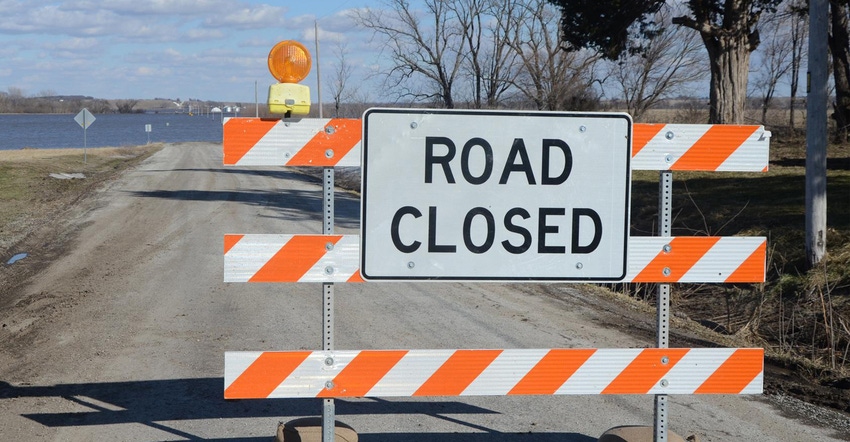April 1, 2019

The sudden arrival of spring after a snowpacked winter created widespread flooding in Iowa this spring. While southwest Iowa was hit the hardest, flooding spanned across the state. By the end of March, Gov. Kim Reynolds declared disasters in 53 counties. The governor has put a $1.6 billion price tag on the damage so far.
As for the rest of spring, weather forecasters are predicting historic flooding through May. “Be prepared and stay safe,” Reynolds told the 83rd annual Iowa Master Farmer Awards Day crowd on March 28 in Ankeny, where she was keynote speaker. The disaster proclamation allows state resources to be used in recovery efforts. Federal assistance has also been approved as the cleanup begins.
Along with destroyed and damaged farmsteads, livestock, farm machinery and grain-filled bins, the historic flooding destroyed over 1,200 homes and damaged more than 23,500 others, according to estimates from the governor’s office. For information about the flood, call the state’s hotline at 211 or visit floods2019.iowa.gov.
Resources for flood victims
USDA has disaster assistance programs available to help ag producers recover after natural disasters, including floods. USDA’s Farm Service Agency, Natural Resources Conservation Service and Risk Management Agency offer programs to help producers recover losses, rehabilitate farms and manage risk.
FSA programs include the Livestock Indemnity Program; Emergency Assis-tance for Livestock, Honeybees and Farm-Raised Fish Program; Emergency Forest Restoration Program; and the Tree Assistance Program. Producers in counties receiving a primary or contiguous disaster designation are eligible for low-interest emergency loans to help with production and physical losses.
“FSA has a variety of disaster assistance programs to support farmers through times of adversity,” says Amanda DeJong, state executive director for FSA in Iowa. “Once you are able to evaluate your losses, it is important to contact your local FSA office to report all damages and losses, and learn more about how we can assist.”
NRCS provides assistance through the Environmental Quality Incentives Program and other programs to help producers recover and better handle future disasters. Any practice that is needed to address an approved resource may be eligible. This could include disposing deceased livestock, or repairing a failed practice such as flood-damaged fencing from a previous EQIP contract. In some cases, farmers may be able to add a practice to existing EQIP contracts through a modification.
Many flooded acres in western Iowa will not be farmed this year or beyond, as dikes may not be repaired for several seasons. “No one can accept those kinds of risks with the cost of production so high,” says Julius Schaaf, a Fremont County farmer.
About the Author(s)
You May Also Like






